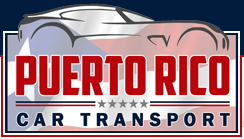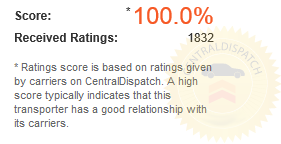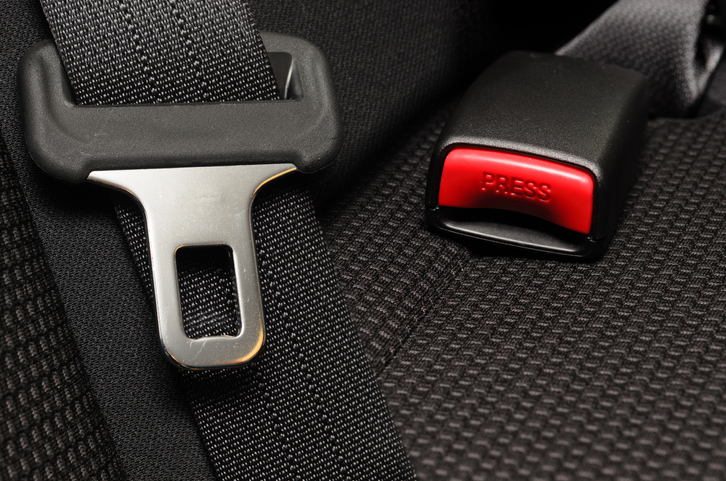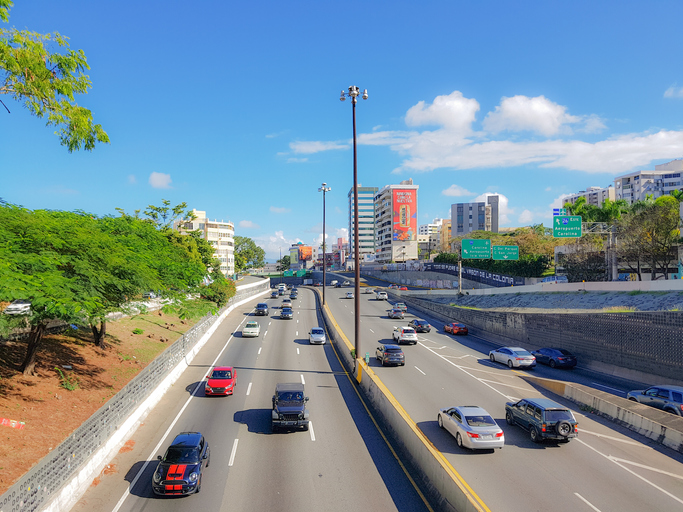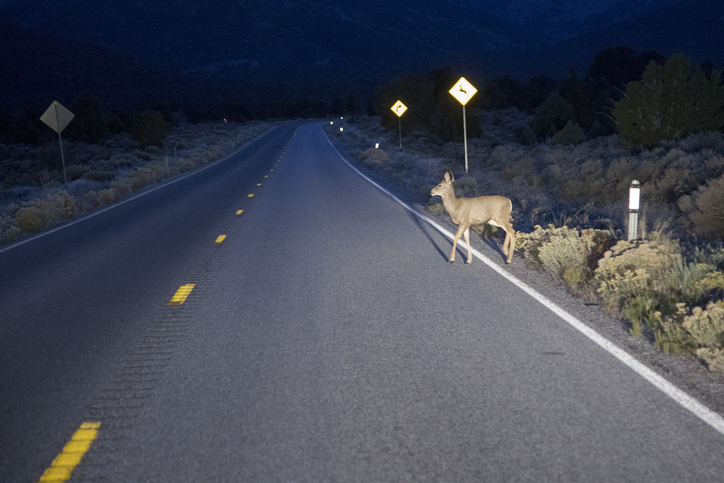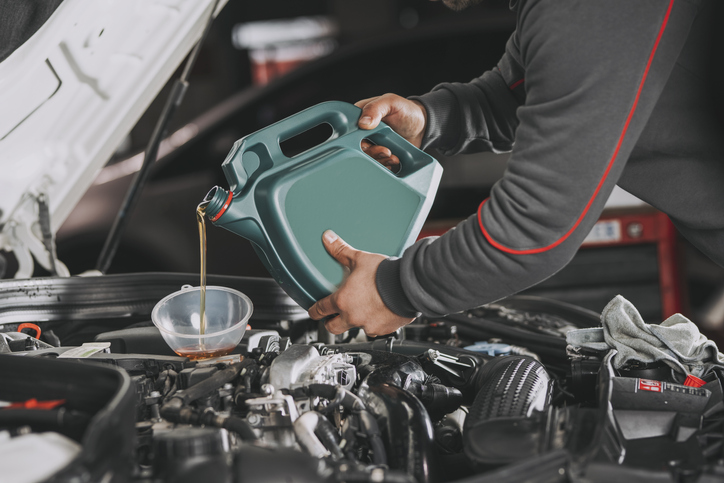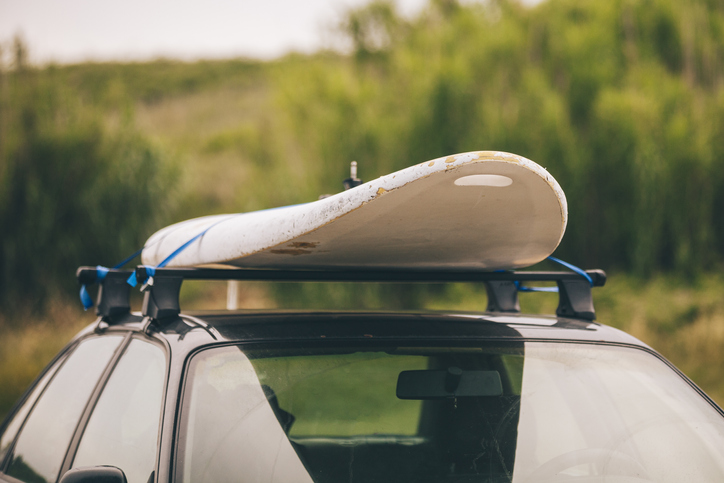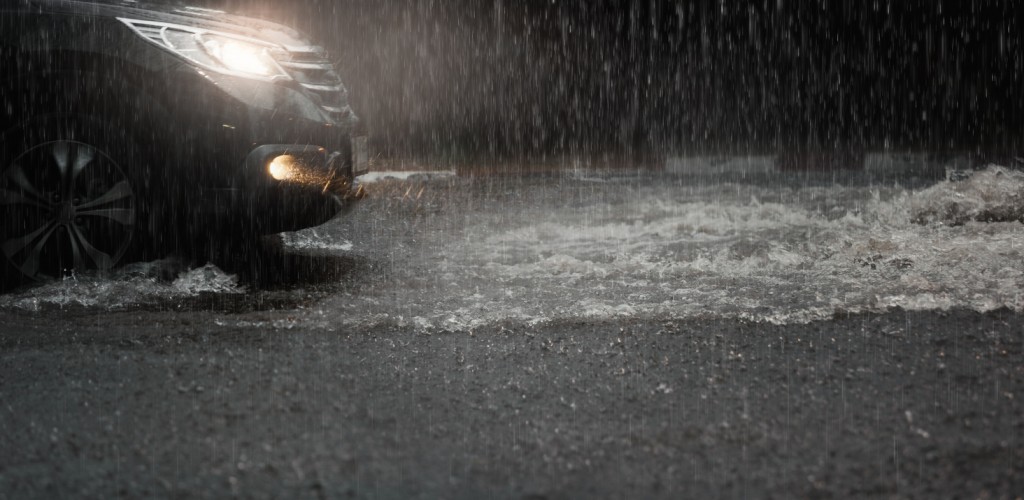What kinds of specialty vehicles can you ship to Puerto Rico
Advice for shipping a specialty vehicle
Conclusion
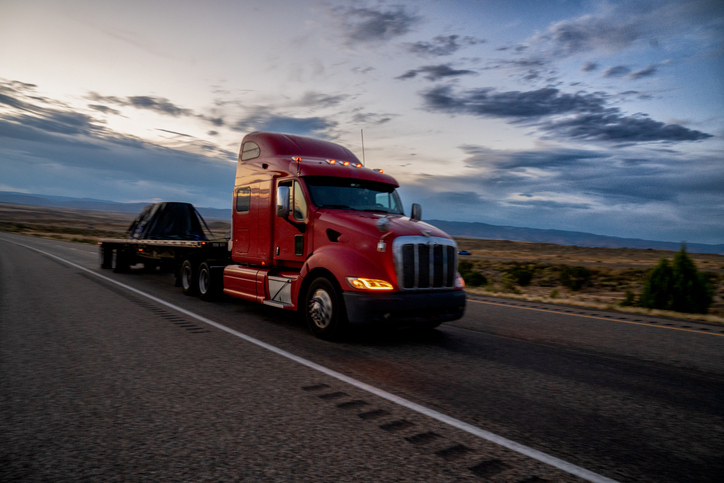
What kinds of specialty vehicles can you ship to Puerto Rico
Believe it or not, you can ship pretty much any specialty vehicle to Puerto Rico. This includes trucks, SUVs, vans, motorcycles, trailers, RVs, heavy equipment and more. Regardless of what type of vehicle you are shipping, doing so will not be too difficult at all. There will be differences in the preparation for some of these vehicles such as heavy equipment, for example, but your car shipping company will handle the vast majority of the stress throughout the shipping process.
The main differences between specialty vehicle shipping to Puerto Rico and regular car shipping to Puerto Rico will be booking and transit time. In terms of booking, you should make sure you book your shipment even further in advance than normal for a specialty vehicle. Normally, we would say book at least a month before your desired pickup date. For specialty vehicles, you should book at least six weeks ahead of your desired pickup date. This is because if a special type of carrier is required for your specialty vehicle, it will take more time to find one that is available.
When it comes to transit time, shipping non-typical vehicles will take longer because carriers have less availability and tend to be larger. Thus, they travel a bit slower. When it comes to shipping a specialty vehicle to Puerto Rico, you should expect it to take at a few extra days than typical car shipping would.
Advice for shipping a specialty vehicle
As we mentioned above, booking early will be critical to your specialty vehicle shipment’s success and timely delivery. However, there are a few other things that you can do in order to make sure your shipment goes as smoothly as possible.
If you have a larger vehicle like an RV or tractor that you are shipping, you should plan on spending some extra time cleaning it before your vehicle is picked up for shipping. Having the vehicle clean is a requirement for shipping so that your auto transport driver can check the vehicle for preexisting damage. As these vehicles are larger, it will obviously take more time to get it clean.
You should also consider the fact that specialty vehicle shipping will cost a little more than regular vehicle shipping. If you are unsure if you will be able to afford the shipment, be sure you start getting quotes at least two months before you need the specialty vehicle shipped.
Conclusion
Shipping a specialty vehicle to Puerto Rico has a few fundamental differences from regular car shipping. These differences include the need to book a little earlier, slightly high expense, and moderately longer transit times. Other than that, your car shipping company will take care of whatever specialty vehicle you need shipped to Puerto Rico with ease. Call Puerto Rico Car Transport today for a free quote at (904) 322-7644.
